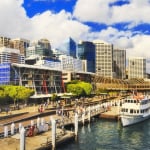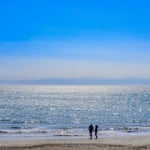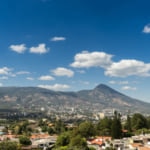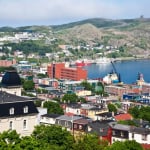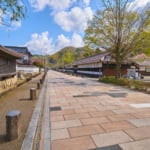Name: Old Rauma (Vanha Rauma / Old Rauma)
Address: 26100 Rauma, Finland
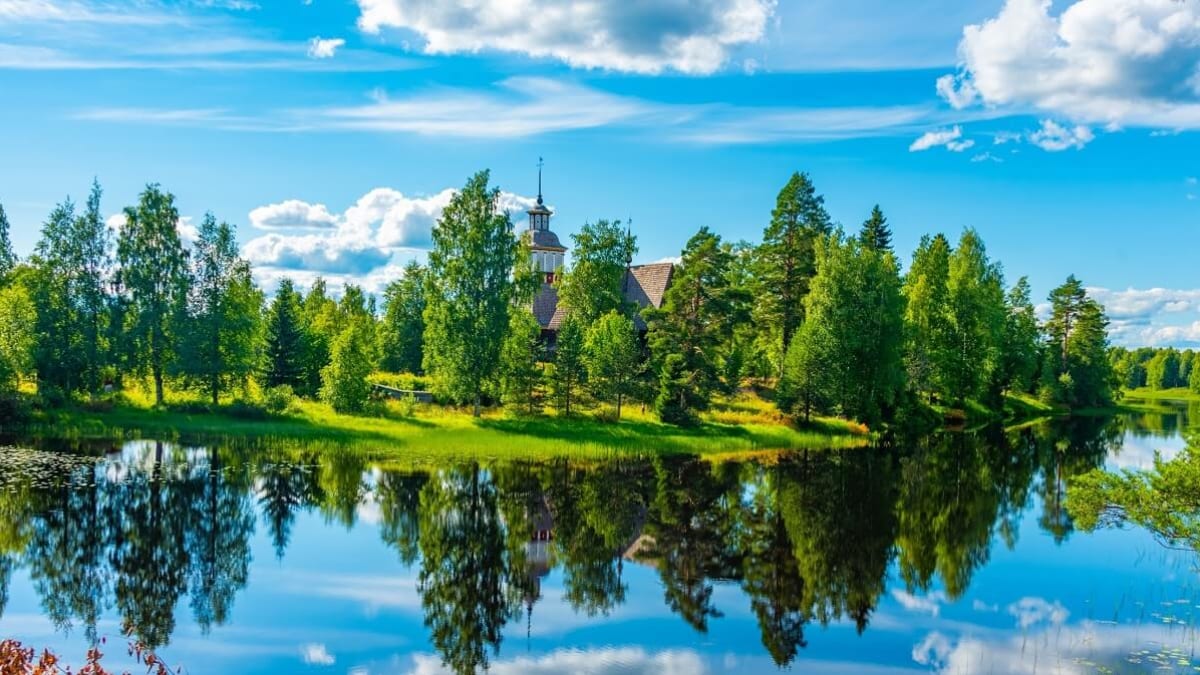
Let’s go on a journey to Finland’s World Heritage Sites | Introducing 7 UNESCO World Heritage locations!
Finland has fascinating World Heritage Sites, including beautiful townscapes and historic churches. In addition, the rich natural scenery unique to Nordic countries is truly soothing.
Finland, with its unchanging image of forests, lakes, and saunas in cottages amidst nature, both in the past and present. Let us introduce its World Heritage Sites.
table of contents
[x] close
Let’s go on a journey to Finland’s World Heritage Sites | Introducing 7 UNESCO World Heritage locations!
1. Old Rauma
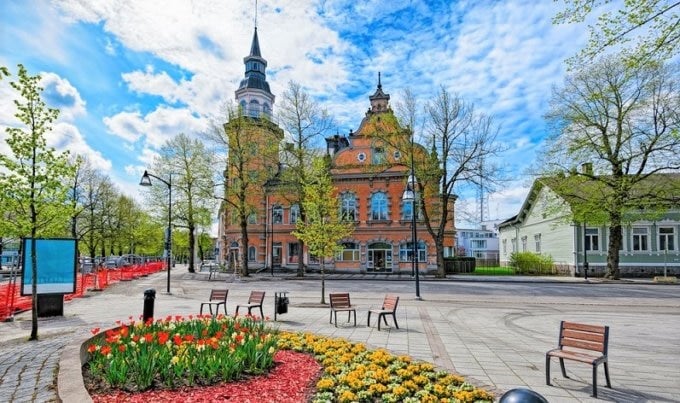
The historic and cultural heritage site Old Rauma, registered as a UNESCO World Heritage Site in 1991, is an area lined with around 600 traditional houses from the 18th century. Rauma is Finland’s oldest port town, located in an inlet of the Gulf of Bothnia. Together with about 300 islands floating in the Baltic Sea, it forms part of a national park, making it a very beautiful place.
Although much of the old town was destroyed in a late 17th-century fire, the Holy Cross Church and Franciscan Monastery, along with houses built after the 18th century, still remain and are a must-see. Due to recent global warming, winter humidity and warmth have increased pests that threaten to damage the wooden structures, but the current management system has been able to prevent such issues in advance.
2. Suomenlinna Fortress
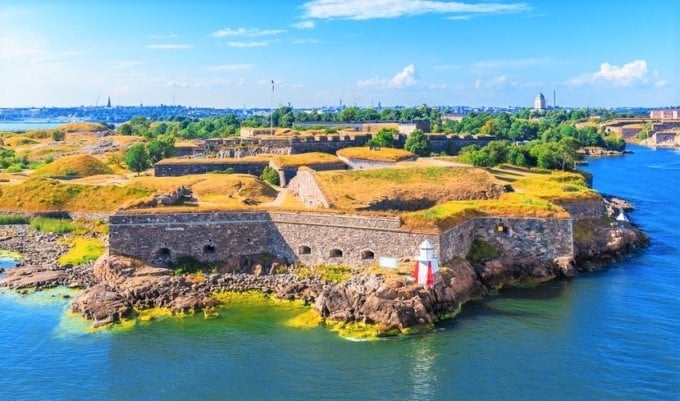
The Suomenlinna Fortress, a cultural World Heritage Site of Finland, is located on the bay of Finland's capital, Helsinki. Registered as a UNESCO World Heritage Site in 1991, it is a star-shaped sea fortress built across six winding islands.
Constructed in 1748 by Sweden and Finland, it was occupied by Russia during the Finnish War in 1808. After Finland’s independence in 1917, it was renamed Suomenlinna, meaning "Castle of Finland", from its Swedish name Sveaborg. This fortress, influenced by Sweden, Finland, and Russia, holds a significant place in European history.
Enclosed by 6 kilometers of walls, and featuring 100 cannons and numerous tunnels, the fortress attracts tourists from all over the world.
Name: Suomenlinna Fortress (Suomenlinna)
Address: 00190 Helsinki, Finland
3. Petäjävesi Old Church
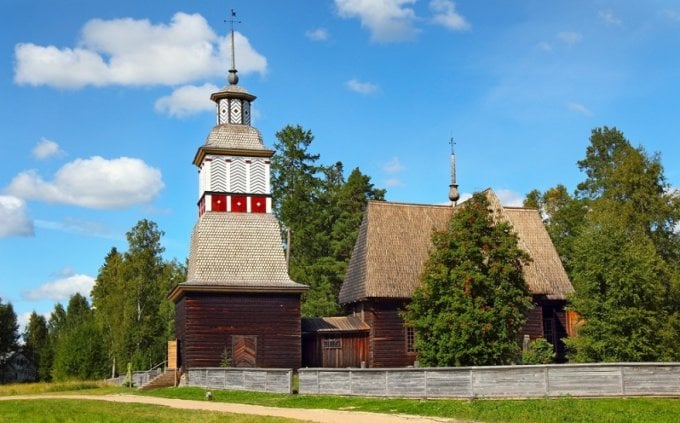
The Petäjävesi Old Church, registered as a UNESCO World Heritage Site in 1994, is a cultural World Heritage Site located in Petäjävesi, a town in central-western Finland. It is a wooden church.
This church was built in 1765 by local carpenters under the guidance of master builder Jaakko Leppänen, using pine wood. The entire interior, down to the lamp decorations, is made of wood, giving it a warm and cozy atmosphere. You can also see the wood grain smoothed by hand planes.
The dark-looking exterior walls are coated with tar derived from pine trees, which acts as a preservative. Just hearing that makes you imagine the scent of pine and gives off a Japanese vibe. Later, the master builder's grandson added an azekura-style outer wall and a hip roof, creating the current Greek cross-shaped church. Its distinctive appearance makes it a World Heritage Site and an important piece of world cultural heritage.
Name: Petäjävesi Old Church (PETÄJÄVEDEN VANHA KIRKKO / Petäjävesi Old Church)
Address: Vanhankirkontie 9, 41900 Petäjävesi, Finland
4. Verla Groundwood and Board Mill
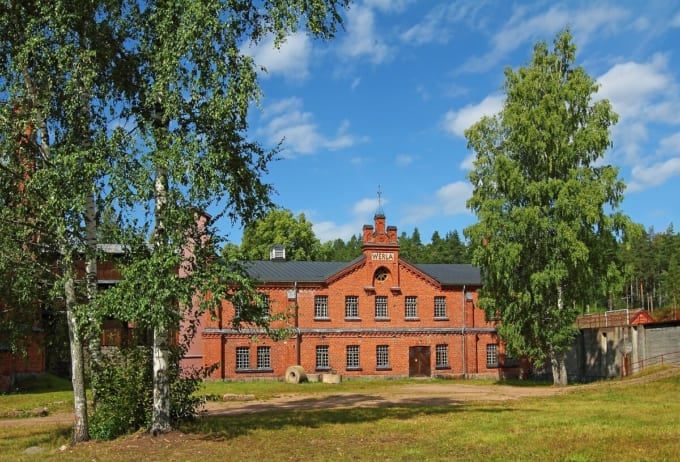
Surrounded by Finland’s rich forests, the Verla Groundwood and Board Mill is a unique cultural World Heritage Site. It was registered as a UNESCO World Heritage Site in 1996, including the surrounding buildings of the factory area.
The factory produced pulp by grinding wood, used the river’s flow to power waterwheels and operate machinery, and manufactured cardboard and similar products. The wood scraps generated during the process were used as fuel for drying the paper. The factory began operations in 1872, but it faced several challenges, including financial difficulties and fires, which led to temporary closures. However, overcoming many hardships, it remained in operation until 1964.
After its closure, the factory was preserved just as it was during its operation and transformed into a museum. It continues to protect and convey Finland’s important industrial heritage as a valuable World Heritage Site.
Name: Verla Groundwood and Board Mill (Verlan tehdasmuseo / Verla Groundwood and Board Mill)
Address: Verlantie 295, 47850 Verla
5. Bronze Age Burial Site of Sammallahdenmäki
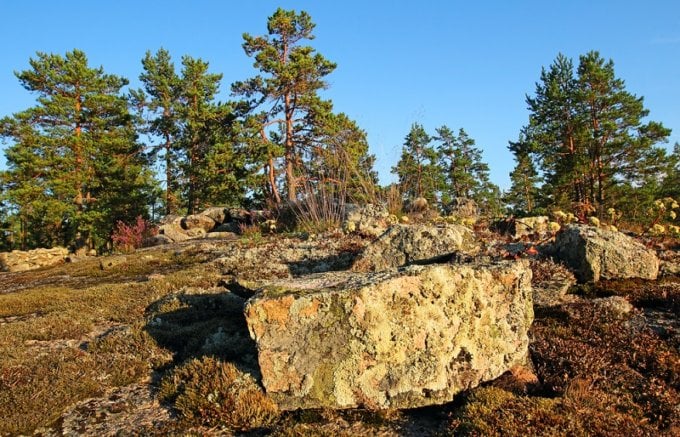
Located on a hill along the road between Tampere and Rauma in southwestern Finland, the Bronze Age Burial Site of Sammallahdenmäki was registered as a UNESCO World Heritage Site in 1999.
Dating back more than 3000 years, from around 1500 BCE to 500 BCE during the Scandinavian Bronze Age, it served as a burial ground. It has been recognized as an important archaeological site that reflects the unique burial customs and sophisticated beliefs about honoring the dead in this Finnish region, distinct from those of Denmark and Sweden.
There are 36 remaining burial cairns, including the cube-shaped "Church Floor" cairn made by neatly stacking granite stones. Please note that the area is on private land, and access is restricted.
Name: Sammallahdenmäki Bronze Age Burial Site (Sammallahdenmäki)
Address: Sammallahdentie, 27230 Rauma, Finland
6. Struve Geodetic Arc (Alatornio Church)
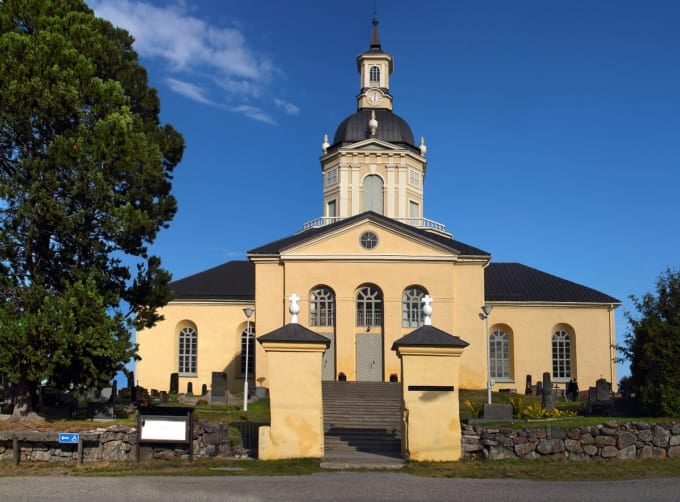
The Struve Geodetic Arc is a World Cultural Heritage Site that spans 10 countries. One of its survey points is located at Alatornio Church in Finland. It is unique in that, aside from the Old Observatory in Tartu, Estonia, this church is the only building itself used as a survey point.
Between 1816 and 1855, Russian astronomer Friedrich von Struve led a 40-year project to measure the exact size and shape of the Earth. The Struve Geodetic Arc stretches 2,820 km and includes 265 triangulation points. Of these, 34 sites across 10 countries—Norway, Sweden, Finland, Russia, Estonia, Latvia, Lithuania, Belarus, Moldova, and Ukraine—are registered as World Heritage Sites.
Name: Struve Geodetic Arc (Struve Geodetic Arc_Alatornion kirkko)
Address: Kirkonmäentie 85, 95450 Tornio, Finland
7. The High Coast (Sweden) and Kvarken Archipelago (Finland)
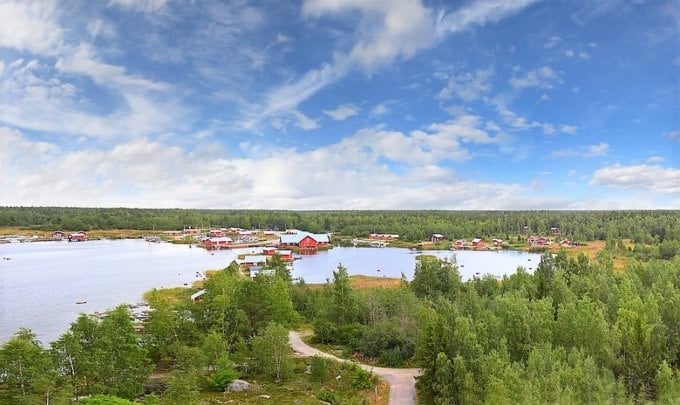
The Kvarken Archipelago, registered as a UNESCO World Heritage Site in 2006, is one of Finland's cultural and natural treasures. It became part of the World Heritage Site that includes Sweden’s High Coast, which had already been listed as a UNESCO World Natural Heritage Site in 2000. Both are located on opposite coasts of the Gulf of Bothnia.
During the Ice Age, a massive ice sheet formed and slowly pushed toward the coastline, eventually retreating from the land. This caused the land to rise at an average rate of 1 cm per year. The Gulf of Bothnia is a remarkable region where this phenomenon can be clearly observed, which is why it was designated as a World Heritage Site.
Name: High Coast (Sweden) and Kvarken Archipelago (Finland)
Address: The Gulf of Bothnia, a northern extension of the Baltic Sea
◎ Summary of Finland’s UNESCO World Heritage Sites
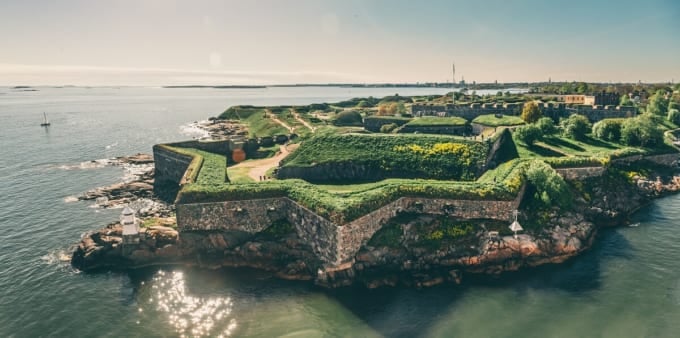
We’ve introduced Finland’s UNESCO World Heritage Sites. Finland’s abundant and unique nature offers countless attractions. While visiting these World Heritage Sites, you can also enjoy sightseeing. Don’t forget to take a walk through its historic towns as well!
RELATED ARTICLES
REGIONS
CATEGORIES
FEATURED ON Finland
-
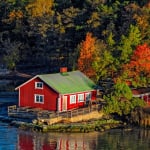
Found in Moomin Kingdom, Turku, Finland! 4 Recommended Souvenirs
-
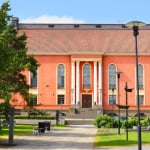
Enjoy with your children! Hidden gem in Finland: Tourist spots in Kokkola
-
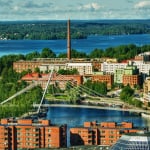
Beyond Moomins! 5 Recommended Spots to Fully Enjoy Tampere
-

Full of Charm: 10 Must-Visit Tourist Spots in Santa Claus’s Town, Rovaniemi
-
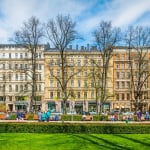
Top 8 Shopping Spots in Finland for Nordic Design Enthusiasts
MOST POPULAR ON Finland
-
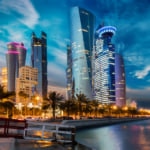 1
1Doha: Must-see Attractions in the Capital of Qatar
-
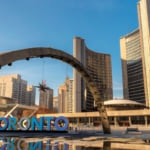 2
2Toronto: 10 Things to do in this Picturesque Canadian City
-
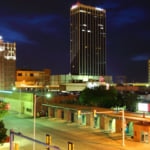 3
3Amarillo: A City Famous for It’s Amazing Canyons, Great History and Music
-
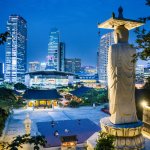 4
4South Korea: Dazzling Scenery, Rich Culture and Fascinating History
-
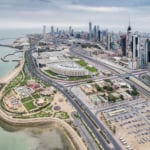 5
5Kuwait: A Country in Middle East Asia Famous for Hot Sand Dunes and Stunning Cityscape

